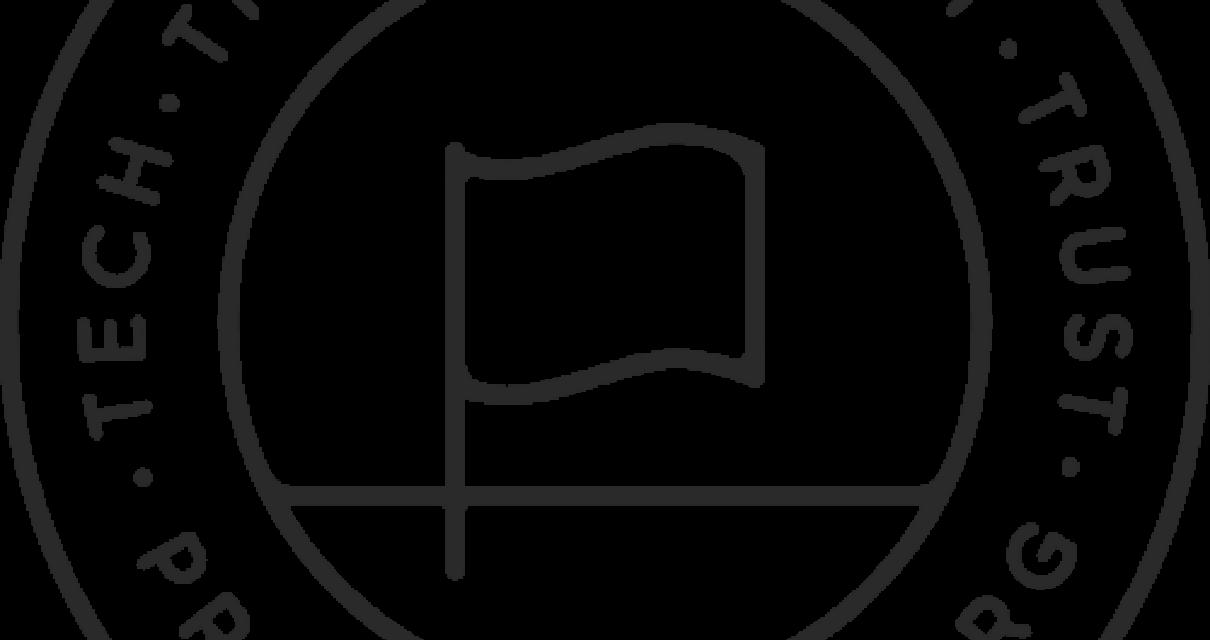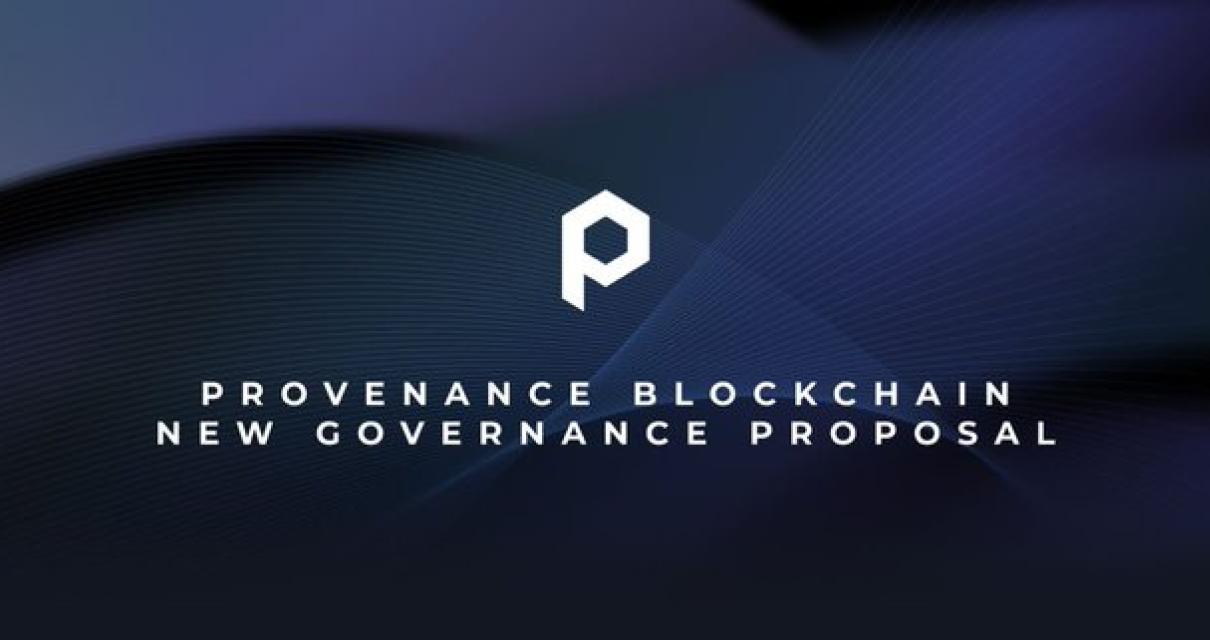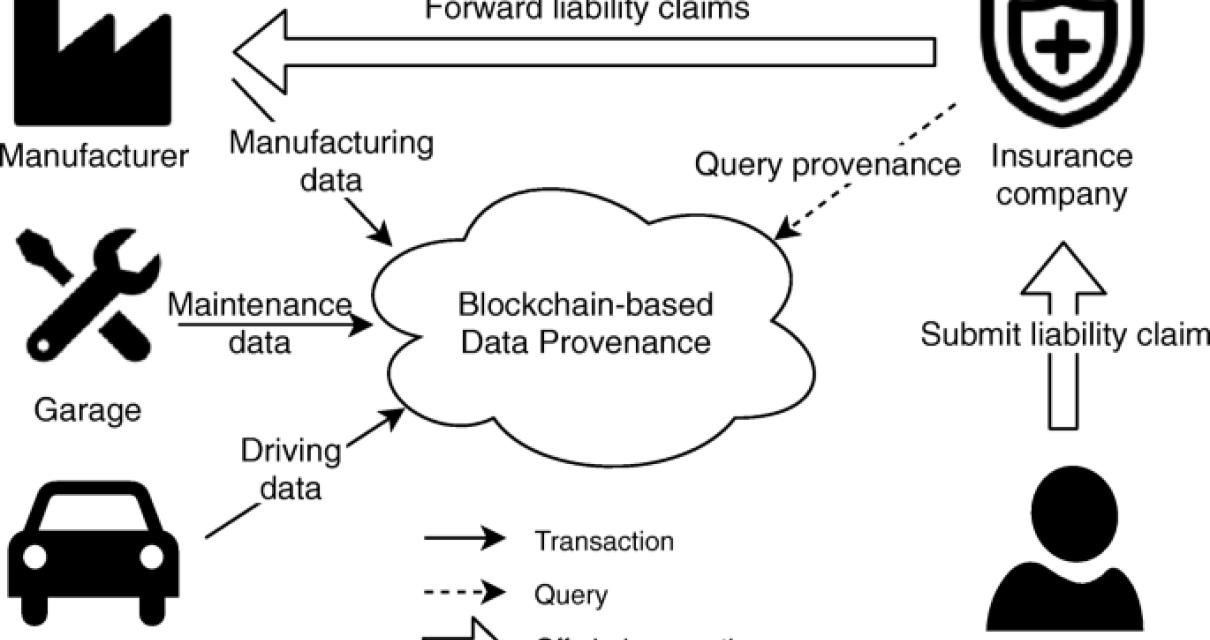How Provenance Blockchain Can Help You Trace the History of Your Assets
There are a few different ways in which blockchain can help you trace the history of your assets. One way is to use a blockchain-based asset registry. This registry would track the ownership of assets and would allow you to verify the legitimacy of an asset’s provenance. Another way is to use a blockchain-based smart contract to create a trust mechanism between two or more parties. This trust mechanism would allow you to verify the legitimacy of an asset’s provenance and would also provide a mechanism for settling disputes.
Provenance Blockchain: The Future of Asset Tracking and Management
The blockchain technology is becoming a more and more popular way to track and manage assets. The blockchain is a distributed database that allows for secure, tamper-proof transactions. Transactions are verified by network nodes and then recorded in a public ledger. This makes it difficult for anyone to tamper with the information recorded in the blockchain.
The potential benefits of using the blockchain for asset tracking and management include:
1. Reduced costs. Transactions on the blockchain are secure, tamper-proof and free of charge. This makes it a cheaper and more efficient way to track and manage assets than traditional methods.
2. Increased transparency. The blockchain is a public ledger, which makes it easy for everyone to access and view the information recorded in it. This increases transparency and trust in the asset tracking and management process.
3. Increased security. The blockchain is decentralised, meaning that it is impossible for one party to control or manipulate the data recorded in it. This increases security and protects the data from being compromised.
4. Increased speed and accuracy. The blockchain is a distributed database, which means that it can be used to speed up and accuracy of asset tracking and management processes.
The potential drawbacks of using the blockchain for asset tracking and management include:
1. Limited scalability. The blockchain is designed to support a limited number of transactions per minute. If demand for asset tracking and management services increases, this could lead to limitations in scalability.
2. Lack of standardisation. The blockchain is an open source technology, which means that there is no single standardisation process for using it. This makes it difficult to integrate the blockchain into existing asset tracking and management systems.
3. High initial costs. The initial costs involved in setting up a blockchain infrastructure may be high. This could lead to early adopters being unable to afford to use the technology.
Provenance Blockchain: A New Way to Trace the History of Your Assets
Blockchain technology is a new way to trace the history of your assets. With blockchain, you can permanently store an electronic “ledger” of all the transactions that have ever occurred involving those assets. This eliminates the need for a third party to validate transactions, which makes it more secure and efficient.
Benefits of using blockchain technology include:
1. Increased transparency and security: Because blockchain is a decentralized system, it ensures complete transparency and security of your assets.
2. Reduced costs and timeframes: Compared to traditional methods of tracing asset history, such as through documentation or ledgers kept by third parties, blockchain technology is more cost-effective and faster.
3. Enhanced immutability: Because blockchain is a distributed system, it is virtually impossible for any party to change or tamper with the data once it has been uploaded to the network.
4. Increased trust and credibility: By using blockchain technology, you can build trust and credibility between yourself and your customers or clients. This can lead to increased sales and business opportunities.
The Benefits of Provenance Blockchain for Asset Tracking
Asset tracking and tracing is a process of verifying the ownership of an asset, typically a physical good or digital file, by tracing its history and verifying the legitimacy of each step in the chain of custody. Asset tracking and tracing can serve as an important safeguard against theft and fraud, and can help identify the source of assets if they are lost or stolen.
Provenance blockchain is a new type of blockchain that can be used to track the history of assets. Provenance blockchain uses a distributed ledger to track the history of assets from the time they are created, through their entire lifecycle, to the point of disposal. This allows businesses to verify the authenticity of assets, track their movements throughout the supply chain, and ensure that they are not being misused or stolen.
Provenance blockchain has many benefits for businesses. First, it can help prevent theft and fraud. Second, it can help track the origin and progression of assets throughout their lifecycle. Third, it can provide transparency and accountability throughout the supply chain. Finally, it can help businesses reduce waste and improve efficiency.

How Provenance Blockchain Can Improve Asset Tracking
Asset tracking is a process of managing the movement of assets, especially valuable items such as art, jewelry, and cars. Asset tracking can be done manually or through a system that uses technology.
Provenance blockchain is a distributed ledger that can be used to track the history of assets. Provenance can be used to identify the origin of an asset and verify its authenticity. Provenance can also be used to track the ownership and use of an asset.
Provenance blockchain can improve asset tracking by providing a digital record of an asset's history. This record can be used to verify the authenticity and ownership of an asset. Provenance can also be used to track the use of an asset.
Provenance blockchain is still in development, so there are some limitations to its use. For example, provenance blockchain is not currently able to track assets that are not physical. Provenance blockchain also requires a trusted third party to manage the data.

The Advantages of Provenance Blockchain for Asset Management
There are many advantages of using a provenance blockchain for asset management. The most important benefit is that it can provide a transparent and secure record of the history of an asset. This can help to ensure that the asset is owned and managed responsibly and avoid any potential conflicts of interest.
Another advantage of using a provenance blockchain is that it can help to reduce the risk of fraud. This is because it can provide a clear record of who owns an asset and how it has been acquired. This can help to prevent any false claims or fraudulent transactions from taking place.
Finally, a provenance blockchain can also improve transparency and accountability when it comes to asset management. This is because it can provide a clear record of who made decisions about an asset and when. This can help to ensure that all stakeholders are aware of the relevant information and can make informed decisions.

Provenance Blockchain: The Next Step in Asset Tracking
The blockchain is a digital ledger of all cryptocurrency transactions. It is constantly growing as “completed” blocks are added to it with a new set of recordings. Each block contains a cryptographic hash of the previous block, a timestamp, and transaction data. Bitcoin nodes use the block chain to differentiate legitimate Bitcoin transactions from attempts to re-spend coins that have already been spent elsewhere.
The blockchain is an essential component of cryptocurrencies like Bitcoin. It ensures that all transactions are recorded and can’t be changed or reversed. This makes it a powerful tool for ensuring the legitimacy of assets and preventing fraud.
One potential application of the blockchain is asset tracking. By recording the ownership of assets on the blockchain, it would be possible to verify the authenticity of those assets and track their whereabouts. This could be used to prevent theft or fraud, and to ensure that assets are properly transferred between parties.
The blockchain is still in its early stages, so there is a lot of room for further development in this area. There are also a number of challenges that need to be addressed before it can be widely used. For example, scalability issues will need to be resolved if the blockchain is going to be used to track large numbers of assets.